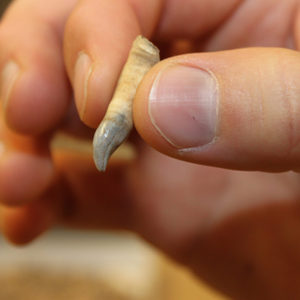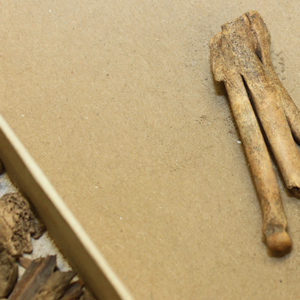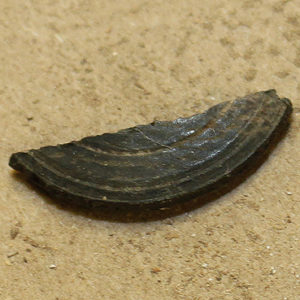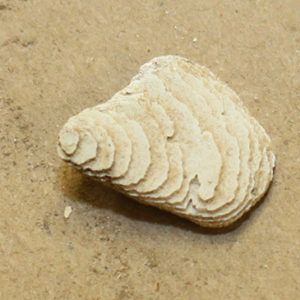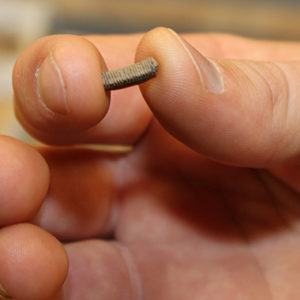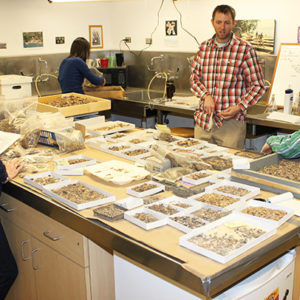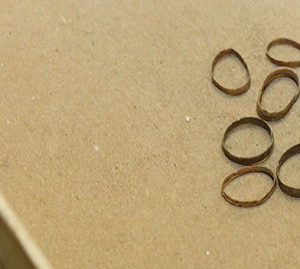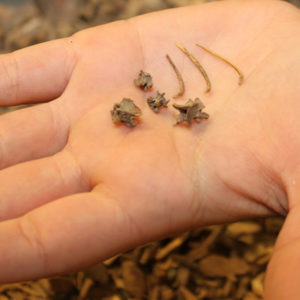 The Jamestown Rediscovery curatorial team continues to sort through the piles and piles of animal bones found in a 1609 well, probably the fort’s first. The well was in use during the infamous Starving Time winter of 1609/1610 in which nearly 80% of the colonists perished and the boundaries of what was considered edible were expanded to include their horses, their dogs, rats, leather from their boots, starch from their collars, and even venomous snakes. Documentary evidence also suggests that cannibalism was practiced in isolated cases during that winter, but this has not been corroborated by any of the archaeological evidence to date.
The Jamestown Rediscovery curatorial team continues to sort through the piles and piles of animal bones found in a 1609 well, probably the fort’s first. The well was in use during the infamous Starving Time winter of 1609/1610 in which nearly 80% of the colonists perished and the boundaries of what was considered edible were expanded to include their horses, their dogs, rats, leather from their boots, starch from their collars, and even venomous snakes. Documentary evidence also suggests that cannibalism was practiced in isolated cases during that winter, but this has not been corroborated by any of the archaeological evidence to date.
One of the reasons the animal bones are important is that they can tell us what the colonists were eating during a very finite time period. The well was no longer in use and had been filled in with food remains and other trash by 1612 and thus the well is a time capsule that very markedly tells us what the settlers were eating during the early years of the colony. Over 26,000 oyster shells were found in the well and these are being studied and compared with modern oysters by Dr. Juliana Harding of Coastal Carolina University. By studying oyster shells found in another Jamestown well dating to 1611, Dr. Harding was able to draw conclusions on the state of the local marine ecosystem as compared to today.
related images
- A dolphin tooth
- A fox foot bone with a healed break
- A fragment of a bone shaped and colored to possibly serve as a gaming piece
- A fragment of a cuttlebone. Cuttlebones, used for buoyancy control by cuttlefish, are often used by jewelers for molds due to their high heat tolerance
- A fragment of a ray’s mouth plate
- A sturgeon scute with a circlular portion cut out
- Bly Straube, Senior Archaeological Curator for Jamestown Rediscovery, discusses some of the finds with archaeologists Danny Schmidt & Dave Givens
- Esophageal bones from a bird
- Snake vertebrae and rib bones
- The reverse of the sturgeon scute and a butchered mammal bone. A portion of the mammal bone is green due to its proximity to a copper object while underground.



